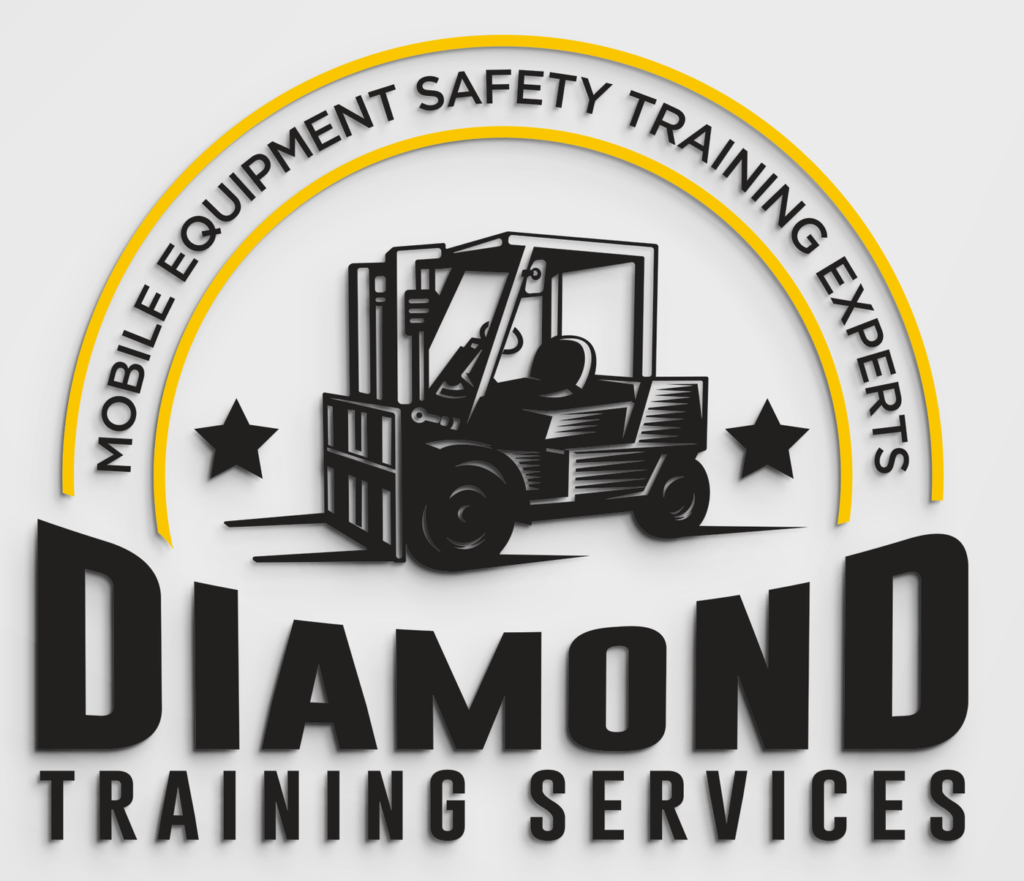Introduction:
Practical “hands-on” training is essential for forklift operators to develop the necessary skills and confidence to operate these powerful machines safely and efficiently. In addition to classroom instruction, hands-on training allows operators to gain firsthand experience in handling real-life scenarios and challenges they may encounter on the job. To ensure the effectiveness of practical training for forklift operators, it is crucial to follow best practices that promote learning, competence, and safety. In this blog, we will explore the best practices for providing practical “hands-on” training to forklift operators, creating a skilled and safety-conscious workforce.
Start with Pre-Training Assessments:
Before commencing practical training, conduct pre-training assessments to gauge the operators’ existing knowledge and skills. Assess their understanding of forklift controls, basic maneuvers, and safety protocols. Are the trainees experienced at all or are they brand new to operating the equipment? You need to separate the two types of trainees as “experienced” or “new operator.” To determine whether they are experienced, you should develop a standard of experience that describes what skills and attributes an operator needs to have for your facility and for your specific equipment. This assessment helps tailor the training program to address individual skill gaps and ensure that operators receive training at an appropriate level.
Caution: some employees may claim to have a vast amount of operating experience, but you will not really know if this is true until you observe them operating the equipment. You need to categorize the trainees by having them operate the vehicle for you before you decide if they are, indeed, experienced, or not.
Safety First:
Safety should be the top priority during practical “hands-on” training. Before beginning any operational training, thoroughly cover safety procedures, including pre-operational checks, mounting, and dismounting techniques, and emergency procedures. Reinforce the importance of wearing personal protective equipment (PPE) and adhering to safety guidelines throughout the training.
Provide Realistic Simulations:
Simulate real-world scenarios that operators are likely to encounter in their work environment. Create scenarios that involve navigating narrow aisles, maneuvering around obstacles, loading, and unloading materials, and dealing with various loads. Realistic simulations enable operators to apply their skills in practical situations, preparing them for actual on-the-job challenges.
Gradual Progression:
Follow a gradual progression of difficulty in training exercises. Begin with basic maneuvers and progressively advance to more complex tasks as operators gain confidence and competence. This approach helps build a solid foundation and prevents overwhelming operators with tasks beyond their current abilities.
One-on-One Instruction:
Whenever possible, provide one-on-one instruction during practical training. Individualized attention allows trainers to focus on each operator’s specific needs and offer immediate feedback. This personalized approach enhances learning and ensures that operators receive the necessary support to improve their skills.
Encourage Questions and Feedback:
Encourage operators to ask questions and provide feedback during training. An open dialogue fosters a supportive learning environment and allows trainers to address any concerns or misconceptions promptly. Encouraging active participation helps operators feel engaged and valued in the training process.
Monitor Progress and Performance:
Monitor operators’ progress and performance throughout the practical training sessions. Regularly assess their skills and identify areas for improvement. Providing constructive feedback allows operators to track their development and motivates them to strive for continuous improvement.
Repeat Training if Necessary:
Not all operators will grasp every aspect of forklift operation during the first training session. Be prepared to repeat training modules or provide additional practice for operators who need more time to master specific skills. Tailoring the training to individual learning paces ensures that all operators achieve the desired level of competence.
Incorporate Obstacle Courses:
Set up obstacle courses that mimic challenging work environments to test operators’ abilities to navigate safely. Use cones, pallets, and other obstacles to represent real-world scenarios. The obstacle courses allow operators to refine their maneuvering skills and decision-making under different conditions.
Include Team Training Exercises (if possible and practical to do in your facility):
Team training exercises can be valuable in simulating collaborative work environments. Create exercises that involve coordinating with other forklift operators or ground personnel to load, unload, or transfer materials safely. Team training promotes effective communication and reinforces the importance of teamwork in a safe workplace.
Conclusion:
Practical “hands-on” training is vital for developing skilled and safety-conscious forklift operators. Starting with pre-training assessments, prioritizing safety, and providing realistic simulations form the foundation of effective training. Gradual progression, individualized instruction, and encouraging questions and feedback enhance learning and engagement. Monitoring progress, offering constructive feedback, and repeating training if necessary, ensure that operators attain the desired level of competence. Incorporating obstacle courses and team training exercises helps operators prepare for real-life challenges and fosters effective communication and collaboration. By following these best practices, employers can build a competent and confident workforce of forklift operators, contributing to a safer and more productive workplace.

